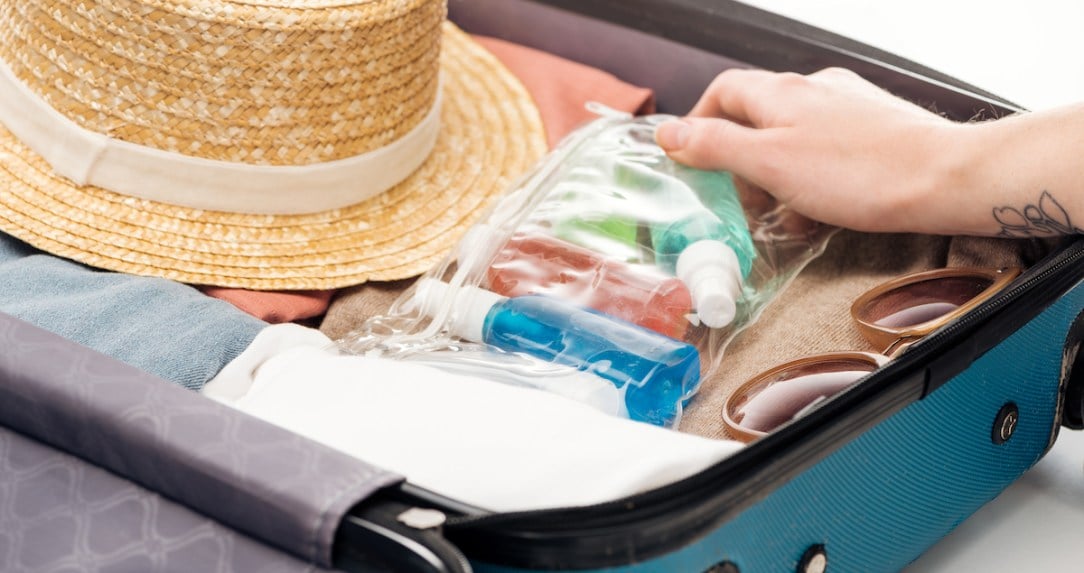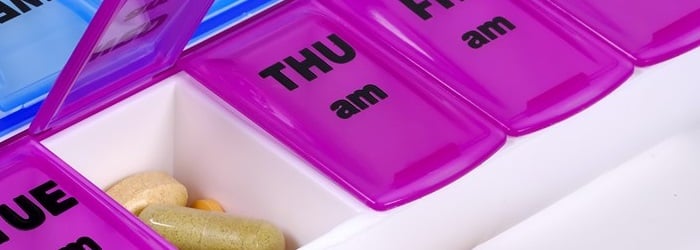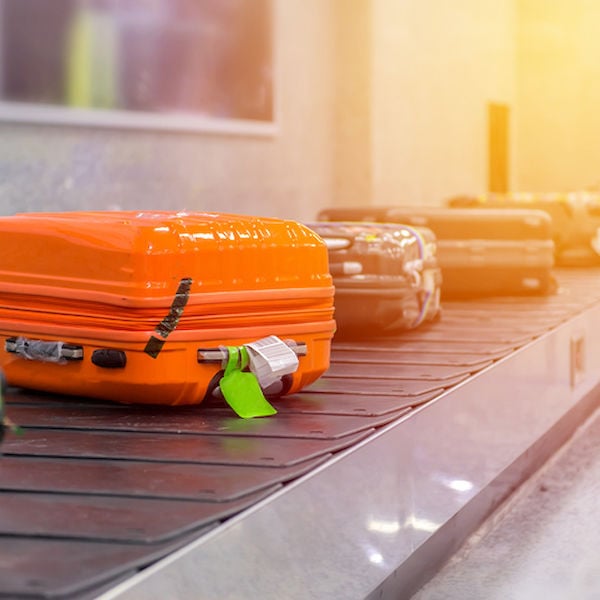3-1-1 Rule & TSA Carry-On Tips
Last updated on 10/19/2021

What is the TSA 3-1-1 Liquids Rule?
The Transportation Security Administration, commonly referred to as the "TSA" has been charged with the complex task of working to keep travelers safe. This can be a complicated job and many travelers tend to roll their eyes at the thought of being pulled out of the security line or being reminded again to remove their laptop from their carry-on. However, the TSA is working hard to create a safe environment for all involved, so we encourage travelers to make this process easier on everyone by familiarizing yourself with the "3-1-1 rule." This rule was created to place limitations on liquids in carry-on items.
Below we’ll go over the 3-1-1 liquids rule and explain some additional tips to keep airport security lines short, travelers prepared, and faces smiling as you cross the TSA gates. We’ll also examine best practices for getting medications and other toiletries safely through security.
The 3-1-1 Rule

The 3-1-1 rule dictates how passengers may bring liquids on an airplane in their carry-on. For those who do not know, your carry-on is allowed to contain ONE quart-sized bag of liquids, aerosols, gels, creams, and pastes. However, the size for each item is limited to 3.4 ounces (100 milliliters) or less per item. Because of this famous rule, there are aisles of 3-1-1 sized toiletries at nearly every pharmacy and big-box store.
You Can Carry On More Than You Think
Airline passengers can bring a prop lightsaber on a flight. You can bring a live fish on a flight. And if you cannot travel without your beloved bowling ball, you can bring that too. In fact, the TSA website has an entire page dedicated to what you can and cannot bring. You may be surprised by some of the items and find it entertaining to imagine what quirky possessions may be accompanying your fellow passengers.
Traveling with Medications

Medications are exempt from the 3-1-1 rule. Your medically necessary liquids, medications, and creams may be placed in your carry-on bag, but you’ll still need to remove them from your bag to be screened. Just be sure to inform the TSA officer BEFORE screening begins. Find out more about traveling with prescription medications.
Age 75 and Older Screening Options
If you are a traveler over the age of 75, you may have the option to leave your shoes and a light jacket on during your security screening. However, be advised that if an alarm is set off during the security screening, you may be required to remove your items or undergo a light search.
TSA Hours of Operation
Taking an early morning flight? Remember that not all airports operate under a 24-hour schedule. Make sure you know what time the TSA checkpoint opens. While your flight may be 6:30 AM, the TSA may not open their gates until 5 AM. Getting there at 4:00 AM may help you avoid the line, but not the hour-long wait.


